CX shouldn’t be about the scores you collect. This guide challenges outdated Voice of Customer (VoC) strategies and introduces a new framework to capture deeper insights, design better questions, and drive meaningful business change.
Many organisations ask customers what they think. They let the CX metric dictate the question. Digestible numbers become the goal. Genuine understanding often suffers. This approach creates poor behaviours. It gives a false sense of security. This stems from average scores. Some design questions thoughtfully. Many others do not. Redesign Voice of Customer (VoC) based on needs.
Consider a medical test scenario. The experience aims to be quick and hygienic. After the test, a survey asks: “How did you find the test?”. Options range from ‘very poor’ to ‘excellent’. This question is flawed. It prompts a comparison. No basis exists for the individual. Feedback becomes meaningless. Actionable insights are missing. Even though a “pretty dashboard” is created.
ALSO READ: The Future of VoC Isn’t Data, It’s Activation
Such questions miss emotional and functional needs. These needs link to the “job-to-be-done” (JTBD). The customer needs a quick test. They also want hygienic care and rapid results. A truly effective question delves into these needs. For example: “How confident are you that you completed the test correctly?”.
Instead many treat every interaction like a restaurant, even when interactions are complicated and unique.
Critical Flaws in Conventional VoC Design
The example shows pervasive issues. These impact how VoC is structured.
- Misguided Comparators: Relying on comparative questions is flawed. Customers have no basis for comparison. This yields simple numbers for executives. Yet, these numbers lack actionable insights. They may give false security. You cannot know customer comparisons. You also do not know what matters to them.
- Ignoring JTBD and Emotional Needs: Customer experience is about perception. This perception drives loyalty and advocacy. How customers feel influences perceptions. Effective CX management starts with customer needs.
- Neglecting Qualitative Data Power: Data-driven decisions are vital. Ignoring qualitative “words” misses true drivers. Qualitative data identifies risks and opportunities. It brings customer stories to life. It provides context and emotion. Numbers alone cannot do this.
- “One Metric Fits All” Fallacy: Using the same metric across annual, transaction and end-of-journey surveys creates false equivalences. A customer might recommend the company. But not a specific, unpleasant service. New and long-term customers differ in needs and perceptions. Combining their feedback tells nothing useful.
- Over-reliance on the Inner Loop: Many VoC programmes focus too much here. The Inner Loop resolves immediate issues. It helps individual customers. But it does not solve root problems. This leads to recurring issues. True improvement needs an “Outer Loop”. This analyses feedback from all sources. It identifies themes and supports prioritisation. It demonstrates impact. Beyond this is the “Innovation Loop”. It mines feedback for what is truly important. It drives strategic improvements. This includes products, services, and touchpoints.
- Hiding Complexity with a Single Number: Customer perceptions are complex. We do not control their entire journey. External variables influence perceptions. Individual differences play a role. Evolving needs also influence them. A single summary number cannot capture this.
Structuring Your VoC for Strategic Impact
Rethink your VoC process. Use the “Gather, Analyse, Share, Act” framework. Before investing in a VoC platform, understand this process. Ensure it fits your organisation and build the right requirements.
1. Gather the Authentic Voice:
-
- Define Your Audience: Identify target customers first. Develop detailed personas.
- Map Needs to Journeys: Explore diverse needs. Map them against journey touchpoints.
- Diverse Feedback Sources: Surveys offer quantifiable data. Expand beyond them. Integrate online feedback channels. Include customer support interactions. Use info from customer-facing teams. Observe customer behaviours. These are critical VoC elements. Start with one source and build.
2. Analyse for Deeper Value:
-
-
- Beyond the Inner Loop: The Inner Loop is essential. But leverage feedback for the Outer Loop. Find systemic issues and drivers. Use it for the Innovation Loop. Uncover unmet needs and opportunities.
- Qualitative Insights First: Use text analytics. Human review of qualitative data helps. Identify risks and opportunities. Bring customer stories to life. This shows key drivers of feelings. It reveals perceptions.
-
3. Share Insights That Drive Action:
-
-
-
- Engage Stakeholders: Identify key stakeholders. Actively engage them across the organisation. Ensure they are ready to act.
- Human-Readable Reports: Transform complex data. Create clear, compelling reports. Embrace multiple viewpoints. Show complexity. A customer quote is effective. It can open stakeholder eyes.
- Tell Stories, Create Curiosity: Use quantitative metrics. Use qualitative narratives. Tell powerful stories. Create curiosity and inspire change.
-
-
4. Act for Continuous Improvement:
-
-
-
-
- Accountability: Establish clear accountability. Unblock roadblocks. Prioritise activities. Allocate necessary resources.
- Choose Impactful Metrics: Select questions and metrics carefully. They must truly understand needs. They must show perceptions. Right metrics inspire change. They do not just report numbers.
- Deliver Value Quickly: Actions must deliver tangible value. Value goes to customers and organisations. This drives continuous CX improvement.
-
-
-
What Questions Should You Ask? The NEED Framework
The NEED Framework helps design research. It prompts for Text Analytics.
- N – Name the job: What functional task is the customer doing?
- E – Explore emotions: What does success feel like? What does failure cost them?
- E – Examine context: What else is happening in their world?
- D – Detect obstacles: What barriers slow them down?
This framework works across touchpoints. It focuses on customer goals. It avoids blanket CX metrics. It leads to specific questions.
- “What brought you here today?” – This reveals the functional JTBD. It shows context you might miss.
- “What would success look like for you?” – This uncovers emotional needs. It reveals success criteria.
- “What almost stopped you from continuing?” – This identifies friction points.
Survey strategically. Ask new customers about learning. Determine breaking points for churners. Identify success patterns of loyal customers. Everything in the NEED Framework applies to all feedback sources. This includes chat transcripts and review sites.
The Last Word
Customer satisfaction is not customer understanding. Measure what customers accomplish and how they feel. Not simply how they rate you. You gain insights that improve business outcomes. Examples include higher completion rates. Fewer support tickets can result. Stronger retention is possible. Your customers have jobs to do. Stop asking them to grade your performance. Ask what success looks like from their view.
A well-executed VoC process empowers CX practitioners. It delivers rapid value. It enriches journey maps. It adds depth and richness. It fosters empathy among stakeholders. Customer perspectives become tangible. They are also relatable. Embrace complexity of perceptions. Measure how well you meet customer needs. Leverage multiple feedback sources to mitigate flaws in questions and samples. You illuminate your emotional impact. Demonstrate how perceptions drive business success. This is how VoC transforms CX management.
Your Monday Morning Action Plan
Consider this phased approach.
- Week 1: Start with one interaction. Ask one better question. See what customers tell you. Learn much more.
- Week 2: Pick your highest-volume interaction. Replace the rating question. Ask: “What brought you here today?”. Run both versions. Compare response quality.
- Week 3: Analyse one month of support tickets. Use the NEED framework. What jobs are customers trying to complete?
- Week 4: Map one customer journey. Use emotional state, not satisfaction score. Where do customers feel uncertain?
- Week 5: Test one new survey question. Focus on job completion. Avoid experience rating.
ALSO READ: What Most CX Programs Get Wrong About AI








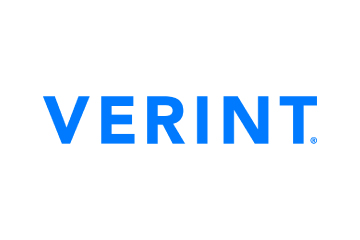
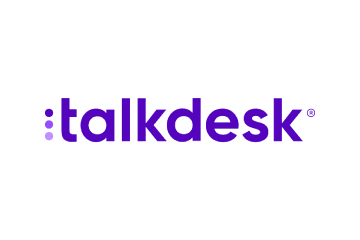

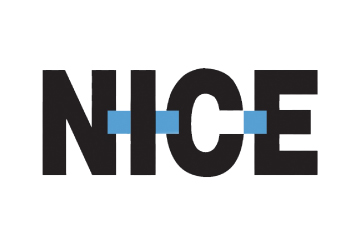



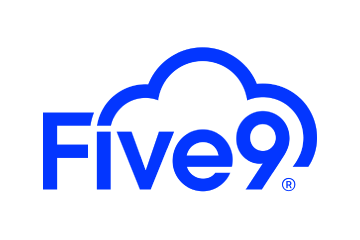



 Amplitude is a product analytics platform, enabling businesses to track visitors with the help of collaborative analytics. The platform leverages the capabilities of
Amplitude is a product analytics platform, enabling businesses to track visitors with the help of collaborative analytics. The platform leverages the capabilities of 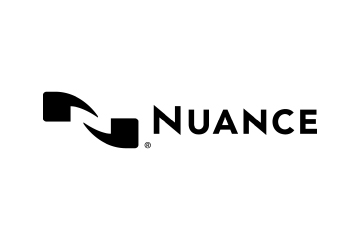

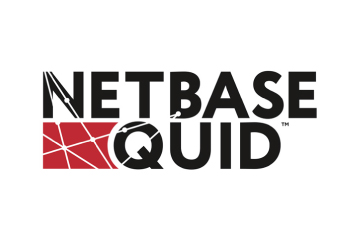


 Zoho Social, a part of Zoho’s suite of 50+ products, is a comprehensive social media management platform for businesses and agencies. The Zoho Social dashboard includes a robust set of features, such as Publishing Calendar, Bulk Scheduler, and Approval Management to offer businesses all the essential social media publishing tools. Its monitoring tools help enterprises track and respond to relevant social conversations.
Zoho Social, a part of Zoho’s suite of 50+ products, is a comprehensive social media management platform for businesses and agencies. The Zoho Social dashboard includes a robust set of features, such as Publishing Calendar, Bulk Scheduler, and Approval Management to offer businesses all the essential social media publishing tools. Its monitoring tools help enterprises track and respond to relevant social conversations.

 Microsoft Dynamics 365 represents a robust cloud-based CRM solution with features such as pipeline assessment, relationship analytics, and conversational intelligence. It utilises AI-powered insights to provide actionable intelligence via predictive analytics, lead scoring, sentiment analysis, etc. Currently, Microsoft operates in 190 countries and is made up of more than 220,000 employees worldwide.
Microsoft Dynamics 365 represents a robust cloud-based CRM solution with features such as pipeline assessment, relationship analytics, and conversational intelligence. It utilises AI-powered insights to provide actionable intelligence via predictive analytics, lead scoring, sentiment analysis, etc. Currently, Microsoft operates in 190 countries and is made up of more than 220,000 employees worldwide.
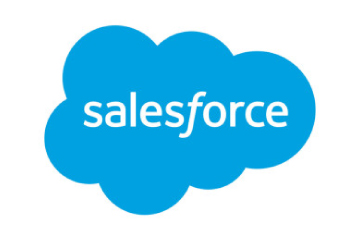
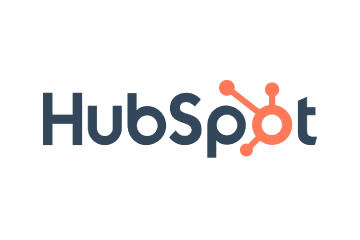 HubSpot is an inbound marketing, sales, and customer service software provider, offering robust CRM and automation solutions. Some of its products include Marketing Hub, Sales Hub, Operations Hub, Content Hub, Commerce Hub, Marketing Analytics and Dashboard Software. Guided by its inbound methodology, HubSpot enables companies to prioritise innovation and customer success.
HubSpot is an inbound marketing, sales, and customer service software provider, offering robust CRM and automation solutions. Some of its products include Marketing Hub, Sales Hub, Operations Hub, Content Hub, Commerce Hub, Marketing Analytics and Dashboard Software. Guided by its inbound methodology, HubSpot enables companies to prioritise innovation and customer success.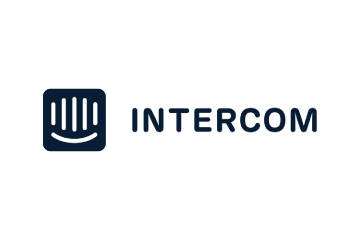
 Monday.com is a project management software company, offering a cloud-based platform that enables businesses
Monday.com is a project management software company, offering a cloud-based platform that enables businesses 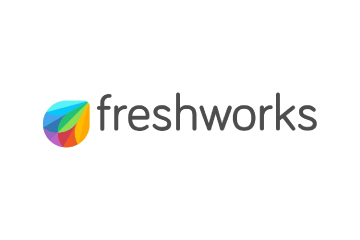 Headquartered in San Mateo, California, Freshworks is a global AI-powered business software provider. Its tech stack includes a scalable and comprehensive suite for IT, customer support, sales, and marketing teams, ensuring value for immediate business impact. Its product portfolio includes Customer Service Suite, Freshdesk, Freshchat, Freshcaller, Freshsuccess, and Freshservice. Freshservice for Business Teams has helped several global organisations to enhance their operational efficiency.
Headquartered in San Mateo, California, Freshworks is a global AI-powered business software provider. Its tech stack includes a scalable and comprehensive suite for IT, customer support, sales, and marketing teams, ensuring value for immediate business impact. Its product portfolio includes Customer Service Suite, Freshdesk, Freshchat, Freshcaller, Freshsuccess, and Freshservice. Freshservice for Business Teams has helped several global organisations to enhance their operational efficiency.
 Talkdesk offers an innovative AI-powered customer-centric tech stack to its global partners. The company provides generative AI integrations, delivering industry-specific solutions to its customers. Talkdesk CX Cloud and Industry Experience Clouds utilise modern machine learning and language models to enhance contact centre efficiency and client satisfaction.
Talkdesk offers an innovative AI-powered customer-centric tech stack to its global partners. The company provides generative AI integrations, delivering industry-specific solutions to its customers. Talkdesk CX Cloud and Industry Experience Clouds utilise modern machine learning and language models to enhance contact centre efficiency and client satisfaction.



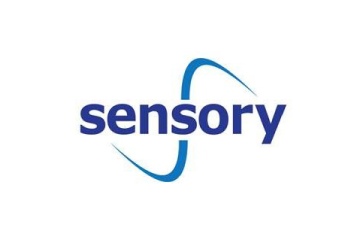
 The company offers comprehensive cloud-based solutions, such as Microsoft Dynamics 365, Gaming Consoles, Microsoft Advertising, Copilot, among other things, to help organisations offer enhanced CX and ROI. Its generative-AI-powered speech and voice recognition solutions,such as Cortana and Azure Speech Services empowers developers to build intelligent applications.
The company offers comprehensive cloud-based solutions, such as Microsoft Dynamics 365, Gaming Consoles, Microsoft Advertising, Copilot, among other things, to help organisations offer enhanced CX and ROI. Its generative-AI-powered speech and voice recognition solutions,such as Cortana and Azure Speech Services empowers developers to build intelligent applications.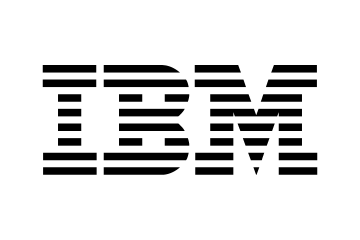 IBM is a global hybrid cloud and AI-powered
IBM is a global hybrid cloud and AI-powered  Uniphore is an enterprise-class, AI-native company that was incubated in 2008. Its enterprise-class multimodal AI and data platform unifies all elements of voice, video, text and data by leveraging Generative AI, Knowledge AI, Emotion AI and workflow automation. Some of its products include U-Self Serve, U-Assist, U-Capture, and U-Analyze. Its Q for Sale is a conversational intelligence software that guides revenue teams with AI-powered insights, offering clarity on how to effectively keep prospects engaged.
Uniphore is an enterprise-class, AI-native company that was incubated in 2008. Its enterprise-class multimodal AI and data platform unifies all elements of voice, video, text and data by leveraging Generative AI, Knowledge AI, Emotion AI and workflow automation. Some of its products include U-Self Serve, U-Assist, U-Capture, and U-Analyze. Its Q for Sale is a conversational intelligence software that guides revenue teams with AI-powered insights, offering clarity on how to effectively keep prospects engaged. Google Cloud accelerates every organisation’s ability to digitally transform its business. Its enterprise-grade solutions leverage modern technology to solve the most criticial business problems
Google Cloud accelerates every organisation’s ability to digitally transform its business. Its enterprise-grade solutions leverage modern technology to solve the most criticial business problems  8×8 offers out-of-the-box contact centre solutions, assisting all-size businesses to efficiently meet customer needs and preferences. It offers custom CRM integrations support and integrates effortlessly with third-party CRMs like Salesforce, Microsoft Dynamics, Zendesk, and more. Offering global support in all time zones & development teams in 5 continents, its patented geo-routing solution ensures consistent voice quality.
8×8 offers out-of-the-box contact centre solutions, assisting all-size businesses to efficiently meet customer needs and preferences. It offers custom CRM integrations support and integrates effortlessly with third-party CRMs like Salesforce, Microsoft Dynamics, Zendesk, and more. Offering global support in all time zones & development teams in 5 continents, its patented geo-routing solution ensures consistent voice quality. Sprinklr is a comprehensive enterprise software company for all customer-focused functions. With advanced AI, Sprinklr’s unified customer experience management (Unified-CXM) platform lets organisations offer human experiences to every customer, every time, across any modern channel.
Sprinklr is a comprehensive enterprise software company for all customer-focused functions. With advanced AI, Sprinklr’s unified customer experience management (Unified-CXM) platform lets organisations offer human experiences to every customer, every time, across any modern channel.

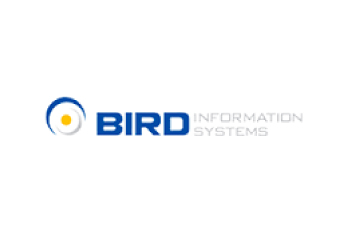
 Upland offers a comprehensive suite of contact centre and customer service solutions with products including InGenius, Panviva, Rant & Rave, and RightAnswers. InGenius enables organisations to connect their existing phone system with CRM, further enhancing agent productivity. Panviva provides compliant and omnichannel capabilities for highly regulated industries. Whereas, Rant & Rave, and RightAnswers are its AI-powered solutions,
Upland offers a comprehensive suite of contact centre and customer service solutions with products including InGenius, Panviva, Rant & Rave, and RightAnswers. InGenius enables organisations to connect their existing phone system with CRM, further enhancing agent productivity. Panviva provides compliant and omnichannel capabilities for highly regulated industries. Whereas, Rant & Rave, and RightAnswers are its AI-powered solutions, 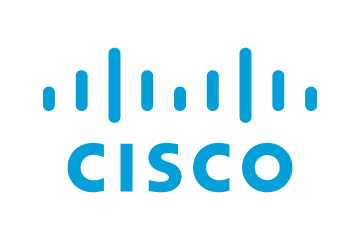


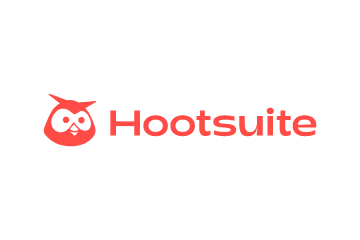 Hootsuite, headquartered in Vancouver, is a social media management platform that streamlines the process of managing multiple social media accounts. Some of its core offerings include social media content planning and publishing, audience engagement tools, analytics and social advertising. Its easy-to-integrate capabilities help marketing teams to schedule and publish social media posts efficiently.
Hootsuite, headquartered in Vancouver, is a social media management platform that streamlines the process of managing multiple social media accounts. Some of its core offerings include social media content planning and publishing, audience engagement tools, analytics and social advertising. Its easy-to-integrate capabilities help marketing teams to schedule and publish social media posts efficiently.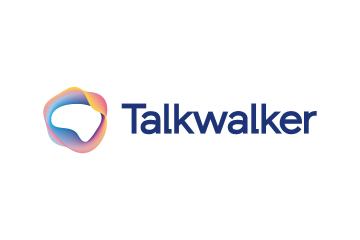

 Brandwatch enables businesses to build and scale the optimal strategy for their clients with intuitive, use-case-focused tools that are easy and quick to master. Bringing together consumer intelligence and social media management, the company helps its users react to the trends that matter, collaborate on data-driven content, shield the brand from threats and manage all the social media channels at scale.
Brandwatch enables businesses to build and scale the optimal strategy for their clients with intuitive, use-case-focused tools that are easy and quick to master. Bringing together consumer intelligence and social media management, the company helps its users react to the trends that matter, collaborate on data-driven content, shield the brand from threats and manage all the social media channels at scale.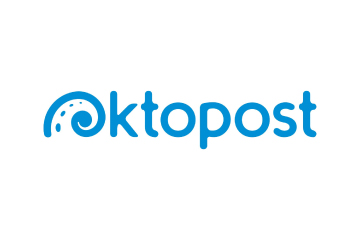

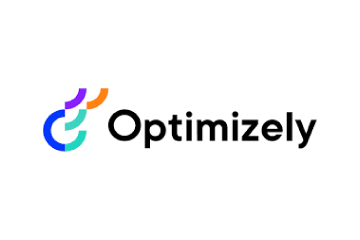
 Adobe Experience Cloud offers a comprehensive set of applications, capabilities, and services specifically designed to address day-to-day requirement for personalised customer experiences at scale. Its platform helps play an essential role in managing different digital content or assets to improve customer happiness. Its easy-to-optimise content gives users appropriate marketing streams, ensuring product awareness.
Adobe Experience Cloud offers a comprehensive set of applications, capabilities, and services specifically designed to address day-to-day requirement for personalised customer experiences at scale. Its platform helps play an essential role in managing different digital content or assets to improve customer happiness. Its easy-to-optimise content gives users appropriate marketing streams, ensuring product awareness.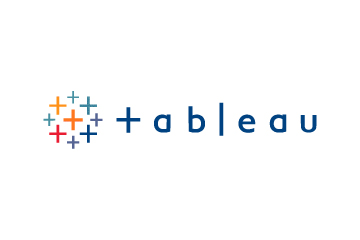 Salesforce-owned Tableau is an AI-powered analytics and business intelligence platform, offering the breadth and depth of capabilities that serve the requirements of global enterprises in a seamless, integrated experience. Marketers can utilise generative AI models, AI-powered predictions, natural language querying, and recommendationsons.
Salesforce-owned Tableau is an AI-powered analytics and business intelligence platform, offering the breadth and depth of capabilities that serve the requirements of global enterprises in a seamless, integrated experience. Marketers can utilise generative AI models, AI-powered predictions, natural language querying, and recommendationsons. Contentsquare is a cloud-based digital experience analytics platform, helping brands track billions of digital interactions, and turn those digital
Contentsquare is a cloud-based digital experience analytics platform, helping brands track billions of digital interactions, and turn those digital 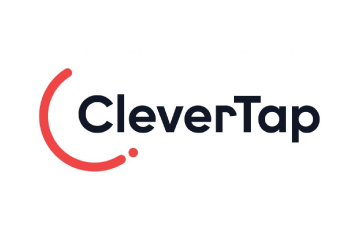
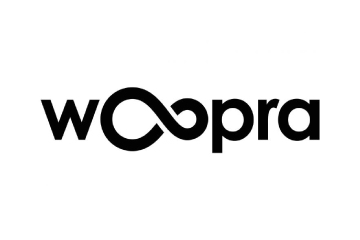

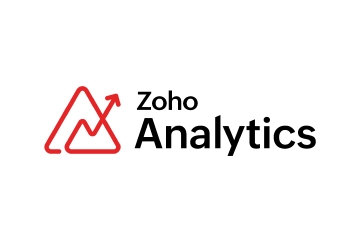 Zoho Corporation offers innovative and tailored software to help leaders grow their business. Zoho’s 55+ products aid sales and marketing, support and collaboration, finance, and recruitment requirements. Its customer analytics capabilities come with a conversational feature, Ask Zia. It enables users to ask questions and get insights in the form of reports and widgets in real-time.
Zoho Corporation offers innovative and tailored software to help leaders grow their business. Zoho’s 55+ products aid sales and marketing, support and collaboration, finance, and recruitment requirements. Its customer analytics capabilities come with a conversational feature, Ask Zia. It enables users to ask questions and get insights in the form of reports and widgets in real-time. Fullstory is a behavioural data platform, helping C-suite leaders make informed decisions by injecting digital behavioural data into its analytics stack. Its patented technology uncovers the power of quality behavioural data at scale, transforming every digital visit into actionable insights. Enterprises can increase funnel conversion and identify their highest-value customers effortlessly.
Fullstory is a behavioural data platform, helping C-suite leaders make informed decisions by injecting digital behavioural data into its analytics stack. Its patented technology uncovers the power of quality behavioural data at scale, transforming every digital visit into actionable insights. Enterprises can increase funnel conversion and identify their highest-value customers effortlessly.

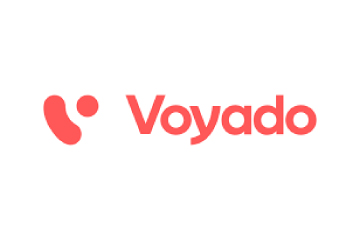 Started in 2005 in a Sweden-based small town, Norrköping, Voyado offers a customer experience cloud platform that includes a customer loyalty management system. This platform helps businesses design and implement customer loyalty programs, track customer
Started in 2005 in a Sweden-based small town, Norrköping, Voyado offers a customer experience cloud platform that includes a customer loyalty management system. This platform helps businesses design and implement customer loyalty programs, track customer 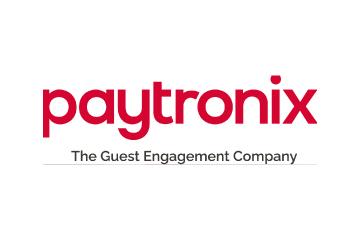


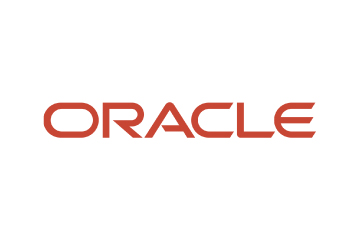
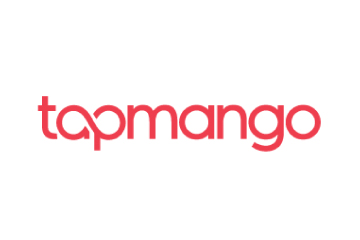 TapMango provides a comprehensive, customisable, flexible and feature-rich customer loyalty program. The loyalty tools include an integrated suite of customised consumer-facing technology, easy-to-use merchant tools, and automation algorithms, all aimed at enhancing customer experience. Adaptable to any industry, TapMango’s platform helps merchants compete with larger chains, converting customer one-time purchases into profitable spending habits.
TapMango provides a comprehensive, customisable, flexible and feature-rich customer loyalty program. The loyalty tools include an integrated suite of customised consumer-facing technology, easy-to-use merchant tools, and automation algorithms, all aimed at enhancing customer experience. Adaptable to any industry, TapMango’s platform helps merchants compete with larger chains, converting customer one-time purchases into profitable spending habits.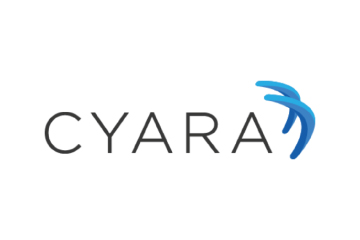
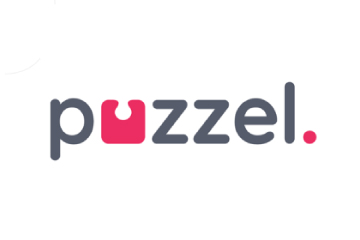
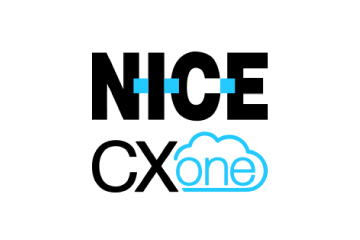
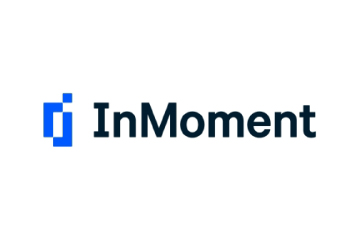

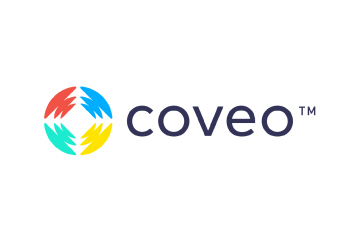
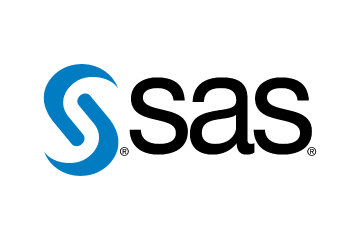
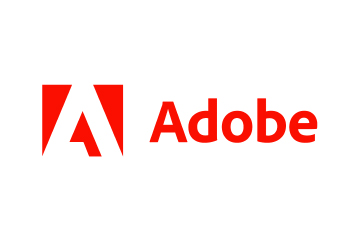 Adobe Experience Cloud offers a comprehensive set of applications, capabilities, and services specifically designed to address day-to-day requirements for personalised customer experiences at scale. Its innovative platform has played an essential role in managing different digital content or assets, to improve customer happiness or satisfaction. Some of its products include Adobe Gen Studio, Experience Manager Sites, Real-time CDP, and Marketo Engage.
Adobe Experience Cloud offers a comprehensive set of applications, capabilities, and services specifically designed to address day-to-day requirements for personalised customer experiences at scale. Its innovative platform has played an essential role in managing different digital content or assets, to improve customer happiness or satisfaction. Some of its products include Adobe Gen Studio, Experience Manager Sites, Real-time CDP, and Marketo Engage.

